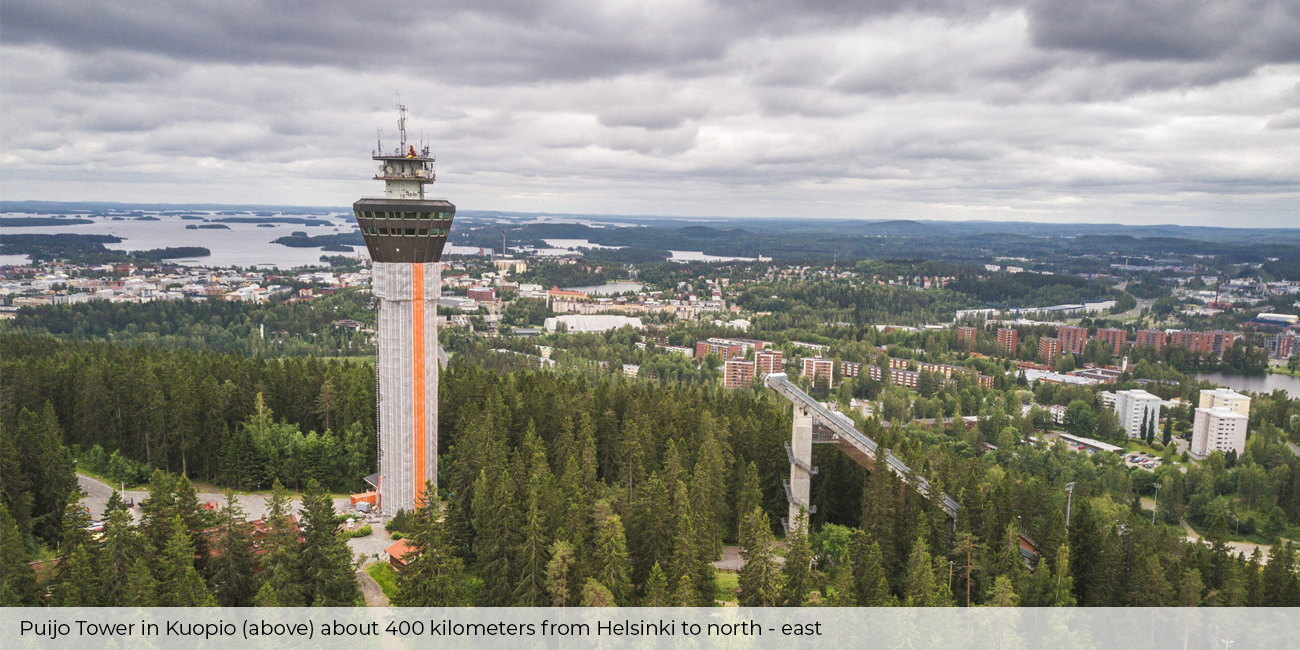The European Committee for Standardization, CEN

CEN was founded in 1961 by the national standardization bodies of the member states of EEC and EFTA. It has its headquarters in Brussels (Belgium).
CEN is an officially recognized standardization organization and is responsible for European standards in all technical fields except electrical engineering (here CENELEC is responsible) and telecommunications (here ETSI is responsible). The National Standards Institutes of 34 National Members represent former and current EU member countries, members of the European Free Trade Association (EFTA) and countries that will join the EU or EFTA in the future.
More than 60 0000 experts from various societal interest groups are active in CEN’s working groups.
Besides the secondment of experts from national standards institutes, there are experts with observation status through partner organizations such as Small Business Standards (SBS).
UEG’s membership of SBS also enables it to send experts with observer status to the scaffolding-specific Technical Committee 53 (TC 53).
CEN TC 53
CEN TC 53 deals with the standardization of temporary structures used for the maintenance and erection of buildings and other temporary structures made of the same components. The products and systems are usually intended for repeated use. Standardization of mechanical engineering systems is not within the scope of the task. The technical committee is chaired by Dr. Robert Hertle. The secretariat is the German Institute for Standardization (DIN).
Below is a list of the existing Working Groups (WGs). The highlighted working groups are currently active.
> Performance requirements for access and working scaffolds
> Arbeits- und Schutzgerüste
> Echafaudages, conception générale
> Facade scaffolds made of prefabricated elements
> Fassadengerüste aus vorgefertigten Bauteilen
> Echafaudages de façade en éléments préfabriqués
> Tubes and fittings
> Rohre und Kupplungen
> Tubes et raccords
> Mobile access towers
> Fahrbare Arbeitsbühnen
> Tours de service mobile
> Methods of assessment of load bearing towers
> Stützentürme
> Tours d’étaiement en éléments préfabriqués
> Performance requirements for falsework
> Traggerüste
> Echafaudage d’étaiement
> Safety nets
> Sicherheitsnetze
> Filets de sécurité
> Specifications for telescopic props
> Bestimmungen für Baustützen
> Trench lining systems
> Grabenverbausysteme
> Systèmes de blindages de tranchées
> Guardrails for temporary works
> Schutzgeländer für temporäre Konstruktionen
> Garde-corps pour travaux temporaires
> Prefabricated formwork beams
> Industriell gefertigte Schalungsträger
> Poutrelles bois préfabriqués de coffrage
> Vertical formwork systems for concrete
> Vertikale Schalungssysteme für Beton
> Systèmes de coffrage verticaux pour le béton
> Protection Fans on Scaffolds
> Schutzgerüste
> Ventilateurs de protection sur les échafaudages
> Temporary encapsulation systems
> Wetterschutzsysteme
> Systèmes d’encapsulation temporaire
> Scaffolds and formwork systems; Execution
> Gerüste und Schalungen; Ausführung
> Basic requirements